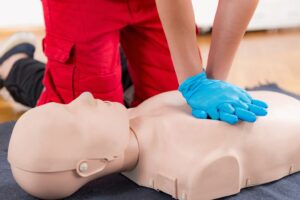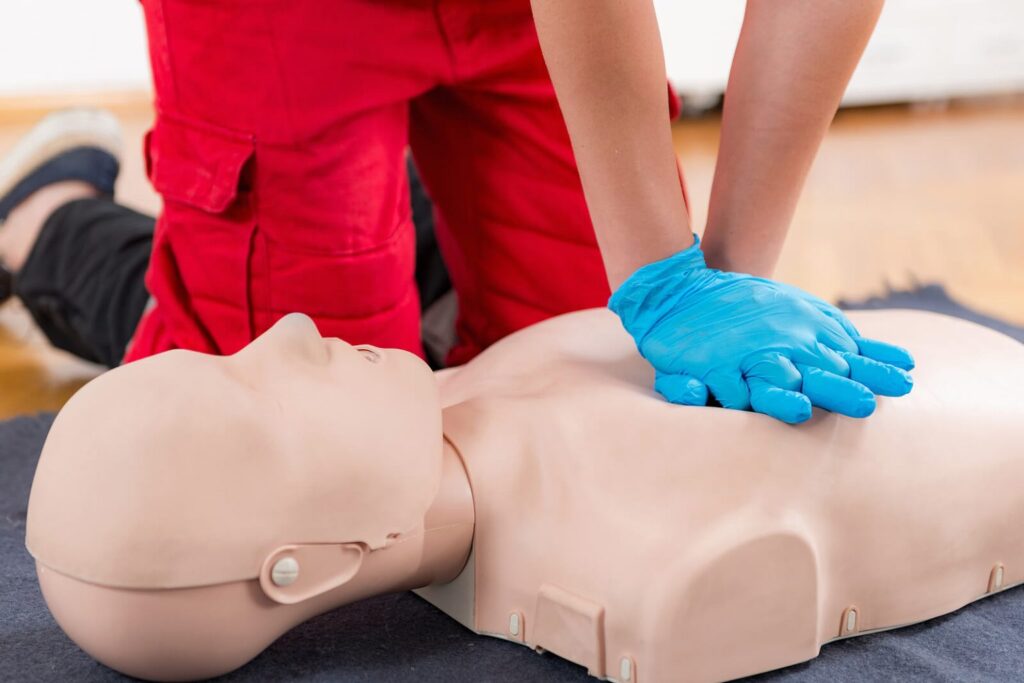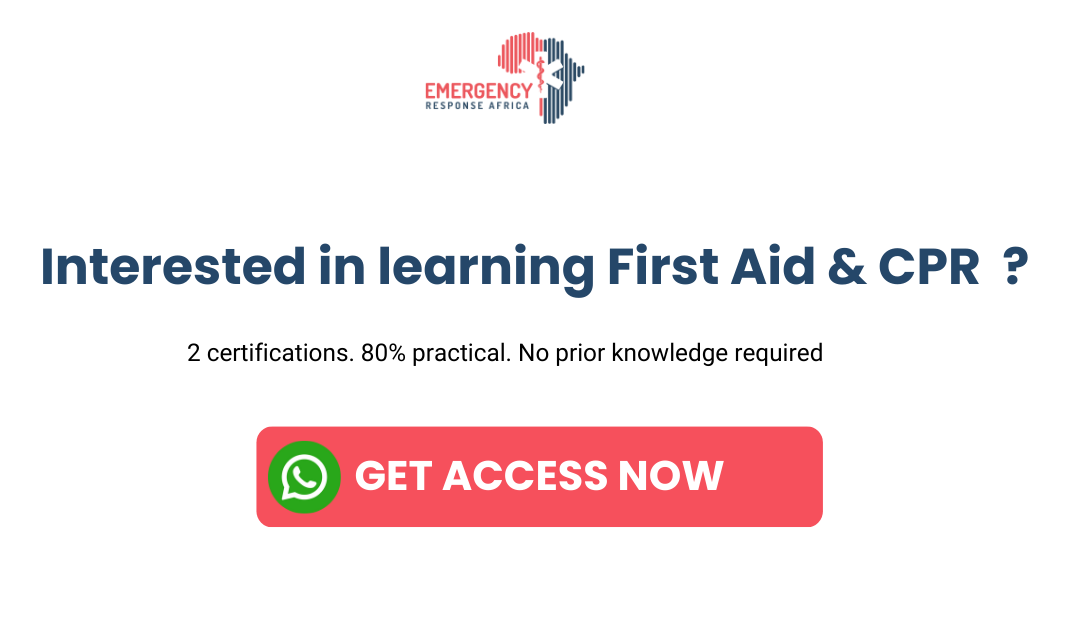Knowing how to act effectively can be the dividing line between relief and tragedy in moments of emergency. How to perform first aid in 2024 is essential as sometimes it can be the thin line between life and death of the casualty. The initial assistance given to a victim of injury or illness involves simple yet vital procedures.
What is First Aid
First aid is emergency help given to an injured or suddenly ill person using readily available materials. In order of importance, the three priorities of first aid are to Preserve life, Prevent illness or injury from worsening, and Promote recovery. A person who takes charge of an emergency scene and gives first aid is called a first aider. The injured or ill person is called a casualty.
The Role Of The First Aider
First aiders do not diagnose or treat injuries or illnesses except when they are very minor. Medical doctors diagnose and treat injuries or illnesses. A first aider suspects injuries and diseases and gives first aid at the scene. In addition to providing first aid, it is important for the first aider to:
- Protect the casualty’s belongings.
- Keep unnecessary people away.
- Reassure family or friends of the casualty.
- Clean up the emergency scene and work to correct any unsafe conditions that may have caused the injuries in the first place.
5 Steps of How to Perform First Aid in 2024
1. Be sure of Safety
Ensuring safety is the first thing you must do. Realize that your help will be useless if you are not safe and the casualty to avoid putting yourself in further danger.
2. Call for Help
Call for help before you even try to calm the person or give basic first aid, call your local emergency response number or if you are registered with a private service like Emergency Response Africa packages for medical first responders then we will show up.
Knowing that certain conditions and incidents are time-sensitive and require immediate professional medical intervention should make you call. Furthermore, you should be specific while calling, giving clear information about your location, the injured person’s condition and other information.
3. Re-assess the Situation
In re-evaluating the situation as the first aider, you should look for possible causes of the accident or emergency. Maintaining a clear head at this point and staying focused is your best arsenal, it will help you determine your next line of action or first aid technique to use.
4. Perform Basic First Aid Procedures if Necessary
If you have taken any ERA first-aid and CPR training courses, you would have learned different basic first-aid procedures and how to administer them. These may include techniques like CPR, AED, Choking First Aid Basics, Medical Emergencies or poisoning.
5. Allow Professional Medical Expert Takeover
The final stage will involve properly handing over the injured victim to emergency management service to continue from where you stopped as the first aider. However, as the first aider ensure that in communication you effectively give every detail to the medical responders and follow up to ensure the victim receives proper care.

First Aid In The Workplace
Workplace first aid is emergency care given by a person trained (and designated) to be the first aid provider to a co-worker injured or suddenly ill. All provinces and territories have a provision within legislation relating to first aid in the workplace.
Innovations in workplace first aid
Emerging technologies are making first aid in the workspace and even at home a breeze than ever before. Today, general and workplace safety are taken seriously, and developments are constantly on the rise to make for a high tendency in safety both at work and at home.
-
Integrating technology for safer workplaces
Technological advancements have changed the landscape of workplace safety. Since many programs are available online, it’s now as easy as clicking a button to get first aid training. Some apps — such as Signal App by ERA – can help connect with medical first responders and provide emergency management service at the snap of the fingers. Artificial intelligence can be used to predict emergencies and adequately prepare for them without putting anyone at risk in the process.
-
Telemedicine and Remote Assistance
Telemedical practices utilize advanced telecommunications technology to facilitate remote medical consultations, diagnostic procedures, and treatment recommendations. Employing video calls and secure messaging platforms, individuals can seamlessly connect with healthcare experts in real time, receiving invaluable guidance and assistance, particularly when physical access to healthcare facilities is restricted.
-
Remote First Aid Training
Traditional first aid courses often require participants to attend in-person sessions, limiting accessibility and convenience. However, institutions like Emergency Response Africa (ERA) offer remote first aid training that uses technology’s power to overcome these barriers. Through online platforms, interactive video conferencing, and virtual classrooms, individuals can now receive comprehensive first-aid instruction from certified trainers without leaving their homes.
RELATED SERVICES
The future of workplace first aid: trends and predictions
There is still plenty of room for advancement in first aid, especially for the diverse kinds of accidents that can happen across different industries. As more technologies emerge, the average workplace will get safer and better prepared with every step toward the future. Expect these shifts in first aid delivery in the coming days.
-
Drones delivering supplies
Even for remote workplaces with well-stocked first aid kits, accidents sometimes require more supplies than you have on hand. Drones can cross hazardous environments to deliver items quickly, which could be the difference between life and death.
-
Mental health first aid
In the future, there is a need for a greater focus on mental health first aid in the workplace. It’s critical to make sure someone knows how to appropriately respond to a mental health crisis if one occurs at work.
-
Diversity, equity and inclusion concerns
Specific care may need to be given to disabled employees or workers who practice certain religions, which limits the type of care they can receive. As these sensitivities are addressed, the workplace will become safer for everyone.
READ ALSO
Which First Aid Training Course is Most Suitable for Me
Emergency Response Africa First Aid Training for individuals and corporate organizations offers tailored programs to enhance safety in your private space and workplace. With our training facilitator able to deliver both on-site and virtually, our courses equip employees with vital skills to handle emergencies effectively.
Integrating practical training with real-life examples ensures that you, your team, your employer, and everyone are ready to respond quickly and confidently, promoting a safer and more secure work environment. With the First Aid certificate in your pocket that is recognised globally, you know you can act when it matters because you have been equipped to handle it!





